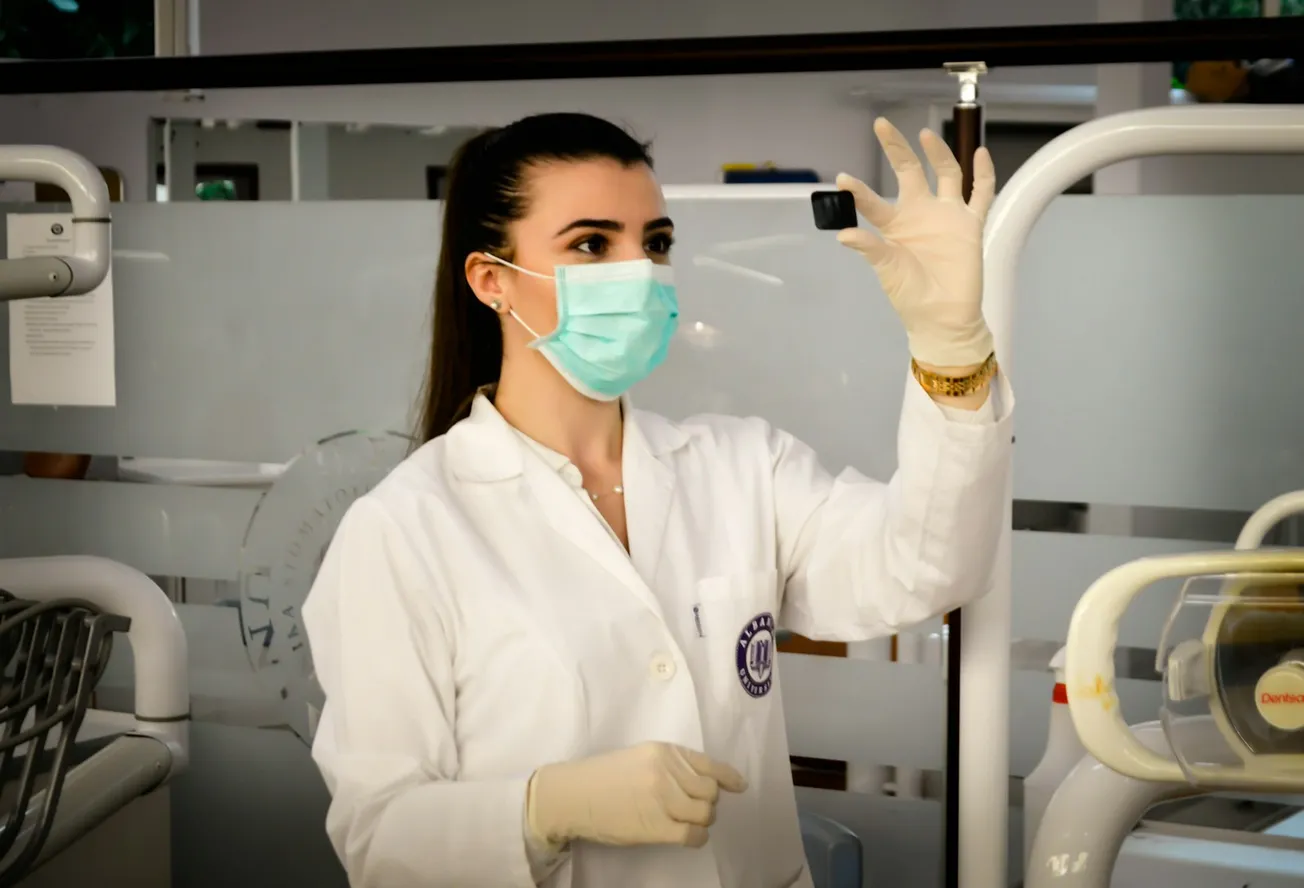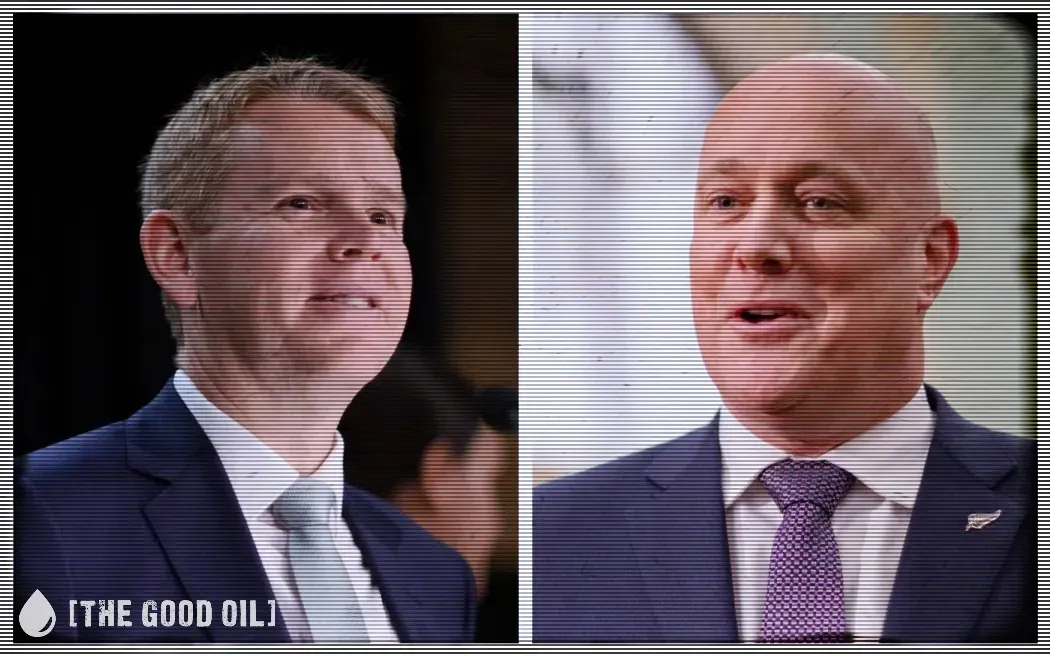Bryce Edwards
I am Political Analyst in Residence at Victoria University of Wellington, where I run the Democracy Project, and am a full-time researcher in the School of Government
New Zealand has a severe doctor shortage. Hospitals and GP clinics are desperately understaffed.
Unfortunately, this looks likely to worsen under the new Government, mainly because of decisions to push forward with a promised third medical school to be built at Waikato University. As a result of that agenda, last week’s Budget did not deliver on National’s promise of an extra 50 places for doctor training in the existing medical schools at the universities of Otago and Auckland.
National promised to allow Otago and Auckland universities to increase their intake of medical students by 50 in the coming year. But when the Budget was announced last week, the number mysteriously dropped to only 25 extra places. National has, therefore, cut the expected number of medical students.
This broken promise is detailed today by journalist Richard Harman, who says: “National has broken another manifesto health promise, apparently to save only $550,000. It will now train an additional 25 med students next year rather than the 50 it promised… The Government now faces the prospect that it could end up with far fewer New Zealand-trained doctors than it promised last year” – see: National breaks another health promise (paywalled)
National’s campaign promise was very clearly published in its leaflets on its health promises: “National will also increase the number of medical school placements at Auckland and Otago by a total of 50 from 2025”.
National’s reduction isn’t due to Budget savings
The reduction in extra doctor training is not due to Budget constraints. The money saved by breaking the promise to increase training numbers is minimal.
Using National’s calculations, Harman says the reduction has saved the Government only about $550,000. He points out that this is relatively inconsequential – “about the same amount that Ministers spent on travel over the first three months of this year.”
Matthew Hooton has also written on the issue today, pointing out that the savings are half of the $1.1m that Waikato University has spent paying lobbyist Steven Joyce for consultancy work, which included lobbying National to adopt the policy – see: Govt cuts Med Student numbers (paywalled)
National’s reduction isn’t due to capacity constraints at Otago and Auckland
The Government claims that the reduction of extra places was due to the Auckland and Otago medical schools being at capacity. Harman reports that the Minister of Health, Shane Reti, explained “that the decision to cut back the student numbers was made because it took time for medical schools to adjust to the increased places.” He quotes Reti pointing out that Otago and Auckland have already increased numbers under the last Labour Government, and hence, “They’ve had a substantial increase this year with 50 new places”.
Yet this has been vehemently denied by the two universities, which Harman reports have “both said they could easily take more students next year.” He quotes Professor Warwick Bagg, the Dean of the University of Auckland’s Faculty of Medical and Health Sciences, saying, “we had anticipated an increase of 50 students for 2025 to be shared between the University of Auckland and the University of Otago… We are fully prepared to take 25 or more of those 50 students at the University of Auckland in 2025… We have repeatedly signalled our willingness to increase the intake of medical students and continue to do so.”
Similarly, Otago told Harman, “We have indicated to Government that we are on ‘standby’ to lift our intakes further for 2025 and beyond if required”. The University said they could immediately increase their doctor training intake from 302 to 348 places in 2025, and by 2027 could go up to 450.
National’s reduced med school numbers relate to Waikato University
Harman reports today that the leading explanation for National’s retaining lower medical school numbers is “to protect National’s other manifesto promise of a new medical school at the University of Waikato.”
National is having a lot of trouble delivering on its promise to get its new medical school delivered – see my column from last month, Lobbying for Waikato’s Medical School causing problems for the Govt
This column focused mainly on the Auditor-General’s scathing report on Waikato University’s procurement of lobbyist Steven Joyce and the University’s continuing with its medical school plans by advertising for a building company to construct the new school.
For the latest on this, see Natalie Akoorie’s RNZ report, Waikato medical school’s business case not expected until 2025. The main news is that Waikato University has been forced to abandon its call for tenders and push back its proposals even further because the business case isn’t even due to be completed until next year.
The problem is that although lobbyists have convinced National to give Waikato an extra $280m+ of funding, its coalition partners seem to think this is money for vested interests when expanding the existing two medical schools would be better. As Harman puts it today, the argument against the Waikato proposal is “that the two existing medical schools could provide the same number of places at a considerably lower capital cost.”
National now has an incredibly close relationship with Waikato University, particularly through its lobbyist Steven Joyce and Vice-Chancellor Neil Quigley, who is close to Prime Minister Christopher Luxon’s top policy advisor on the ninth floor, Matt Burgess. Quigley concluded his negotiations with Shane Reti last year, emailing: “The first student intake would be 2027 – a present to you to start your second term in government!”









